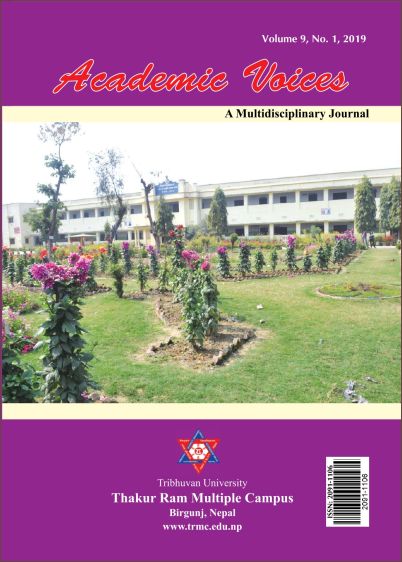Development Financing
DOI:
https://doi.org/10.3126/av.v9i1.74093Keywords:
Development finance, Global poverty, Income inequality, Sustainable development, financial crisis, Blended financeAbstract
This article tries to explain the background, objective and sources of development financing. In recent years, development finance has emerged as an increasingly important tool to fight global poverty and reduce income inequality. Eradicating poverty is the greatest global challenge facing the world today and an indispensable requirement for sustainable development. The global economic and financial crisis revealed risks within the international and external financial system, and adversely impacting their capacity to mobilize resources for development. Without a stable financial system the development agenda risks being derailed by a sudden regional or global financial crisis. The usefulness and applicability of financing instruments and approaches will depend on the SDGs established for the country and on the financing strategy it adopts. Policymakers have recently shown considerable interest on a class of development financing opportunities called “blended finance” That pool public and private resources and expertise. Blended finance encompasses a large portfolio of potential instruments, including instruments provided by DFIs to leverage private finance (e.g., loans, equity investments, guarantees, etc.), as well as traditional public private partnerships (PPPs).
Downloads
Downloads
Published
How to Cite
Issue
Section
License
© Academic Voices: A multidisciplinary Journal
All rights reserved. No part of this journal may be reproduced in any form or by any electronic or mechanical means, including information storage and retrieval system, without permission in writing from the publisher/writers, except by a reviewer who may quote brief passages in a review.




